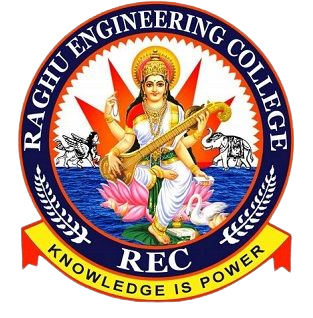Key Notes
Key Note Speakers

Dr. Nacer Chahat
IEEE Fellow, System Engineer, NASA/JPL, USA
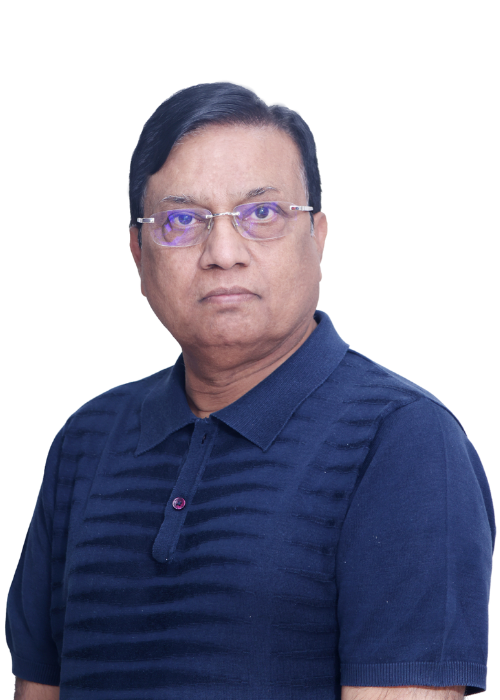
Dr. C.S. Rao
President & CEO, QuadGen Wireless, Bangalore

Dr. Clency Lee-Yow
CEO, Custom Microwave, Inc., USA
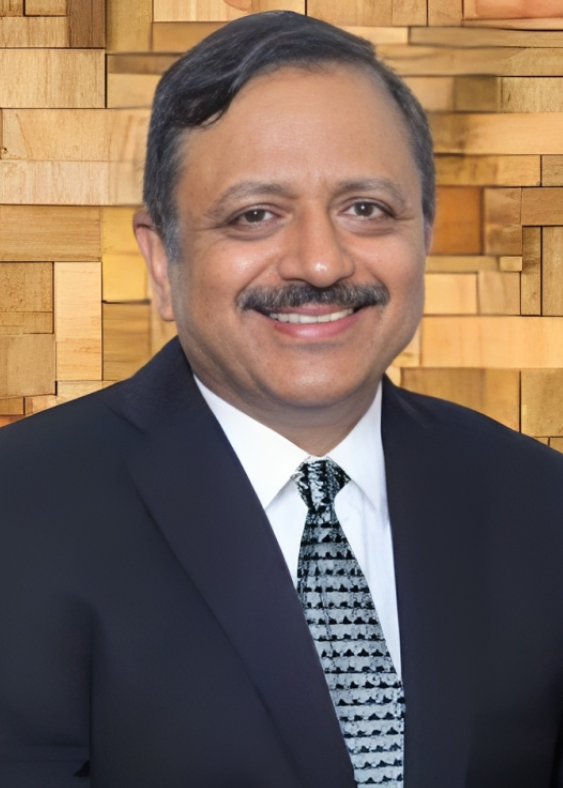
Dr Rajeev Jyothi
Director Technical, IN-SPACe Department of Space
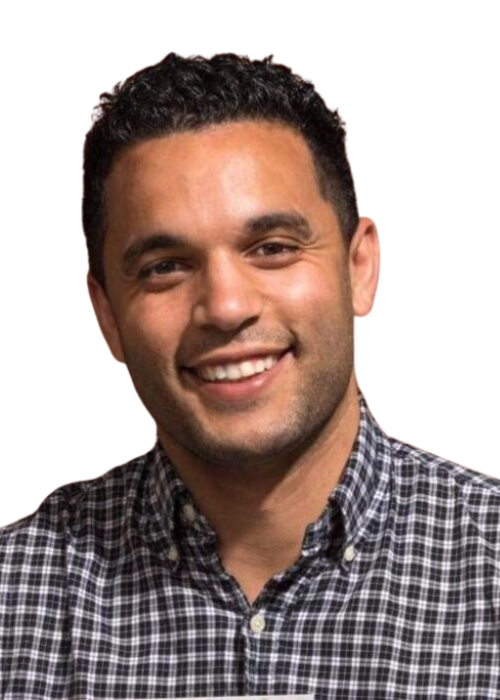
Dr. Nacer Chahat
IEEE Fellow, System Engineer, NASA/JPL, USA
Nacer Chahat is a Senior Antenna/Microwave Engineer and Systems Engineer with the National Aeronautics and Space Administration (NASA) Jet Propulsion Laboratory (JPL), California Institute of Technology, Pasadena, CA. In 2021, he became the youngest Fellow of IEEE.
He received a Master’s degree in electrical engineering from the Ecole Supérieur d’ingénieurs de Rennes (ESIR), Rennes, France, in 2009; a Master’s degree in telecommunication and a Ph.D. degree in signal processing and telecommunications from the Institute of Electronics and Telecommunications of Rennes (IETR), University of Rennes 1, Rennes, France, in 2009 and 2012, respectively.
He has authored and coauthored more than 150 technical journal articles and conference papers, has written four book chapters, and holds several patents. He wrote the textbook entitled “CubeSat Antenna Designs” published by Wiley describing all of his innovative work on CubeSat antennas developed at JPL. He has developed key antenna technologies enabling new types of mission for Deep Space Exploration. He is co-inventor of the iconic deployable reflectarray used on the Mars Cube One (MarCO) mission, the world’s first interplanetary CubeSat. He also co-invented the award-winning Raincube mesh reflector antenna used on the first active radar on a CubeSat. He also invented the Europa Lander antenna enabling direct communication from the surface of Europa (600 million km away), capable of surviving the harsh environment of icy moon of Jupiter.
Dr. Chahat was the recipient of the 2011 CST University Publication Award, the 2011 Best Paper Award from the Bioelectromegnetics Society, and the IEEE Antenna and Propagation Society Doctoral Research Award in 2012. He was awarded by Foundation of Rennes 1, Best Ph.D. of University of Rennes. In 2013, he received the Best Ph.D. thesis in France in electrical engineering awarded by club EEA. In 2013, he was awarded the Airbus Group Foundation’s Best Thesis Prize in France. In 2015, he received a French Early Career Award for Researchers (Prix Bretagne Jeune Chercheur) for his significant scientific contribution in his early career. In 2017, he received the IEEE A. Schelkunoff Transactions Prize Paper Award. In 2017, he also received the prestigious Lew Allen Award for Excellence awarded by NASA’s Jet Propulsion Laboratory “for demonstrated unique talent as a leader in rapid spacecraft antenna development and telecom systems engineering”. In 2018, he was awarded the Future Technology Leader Award by the Engineers’ Council and the NASA Early Career Achievement Medal Award. In 2020, he received the IEEE Outstanding Engineer of the Year from IEEE Region 6. In 2021, he was awarded the IETE Dr. Sudhakar Rao Award by the Institution of Electronics and Telecommunication Engineers (IETE). In 2021, he became Fellow of IEEE for his contribution to spacecraft antennas for interplanetary exploration. He is also Life Fellow of the Wireless, Antenna & Microwave Society (WAMS). In 2023, he became AIAA Associate Fellow for exceptional leadership and innovation in spacecraft antennas, telecommunication, and system engineering that have enabled NASA Earth science and planetary missions.

Dr. C. S. RAO
President & CEO, QuadGen Wireless, Bangalore
Dr. C. S. Rao‘s illustrious career in the telecommunications and technology industry spans decades and is characterized by visionary leadership and significant contributions. Currently serving as the Chairman of QuadGen Wireless Solutions Inc in the USA and India, Dr. Rao has held influential positions, including President and Board Member at Reliance Communications Ltd, Managing Director of BT (British Telecom) India, and Vice President at Intel USA. As the former President and CEO of Lucent Technologies India and Bell Labs India, he not only played a pivotal role in shaping the strategic direction of these organizations but also earned esteemed titles such as Scientist and Fellow at Bell Labs USA. One of his landmark achievements was the establishment of Bell Labs in India in 2004, a pioneering initiative that marked the first-ever expansion of Bell Labs outside the United States.
In addition to his corporate leadership, Dr. Rao has actively participated in shaping national policies and industry standards. He has been a key figure on various governing boards, including the Cloud Computing Council of India and the WiMAX Forum India, where he served as Chairman from 2007 to 2020. Dr. Rao’s commitment to industry advancement is further evident in his role as a member of the High-Level Forum for the Department of Telecom on 5G Network Policy. His influence extends to policy formulation, including contributions to the Smart City Policy with Niti Aayog, showcasing a dedication to driving technological progress at a national level. Dr. Rao’s outstanding contributions have been recognized through prestigious awards, such as the Telecom Person of India 2012 Award and the Business Leadership Award from Assocham.
Beyond his leadership roles and policy advocacy, Dr. Rao has demonstrated a keen strategic vision by conceptualizing and spearheading the launch of a US $3 billion Telecom Network Infrastructure in India. This initiative, carried out under his leadership, not only reflects his commitment to technological innovation but also solidifies his legacy as a transformative leader in the telecommunications sector. Dr. C. S. Rao continues to be a guiding force, shaping the future of technology and contributing significantly to the evolution of the telecommunications landscape in India and beyond.
Title of Key Note:
Reality of 6G, what, when, why and how
Abstract:
6G technology is set to succeed 5G in the future. 5G is still being deployed and rapidly expanding in many continents. However as in any Wireless Technology ,researchers in industry are exploring the 4Ps of Purpose ,Possibilities , Potential and Projects of 6G. 6G is currently in the early stage of research and development, it is expected to provide much higher faster speeds, much lower latency, enhanced reliability, and significantly much higher capacity compared to its predecessor i.e 5G . Reality: 6G technology to become a reality we need 6Ss in terms of Spectrum,Standards,
Silicon,Systems,Software and Services . Each of these 6 Ss would take about 1.5 yr time in a sequence one after another, thus needing about a Digital Decade to evolve into a mature fully deployable and operational networks with devices.As we speak in 2024 , 6G is still a subject of evolving research and development. There is anaccelerated mode of Industry level exploratory effort to make policymakers like FCC,OFCOM,TRAI,MII,MIC to get Globally harmonised Spectrum bands to be identified , Engg Standard Bodies like 3GPP ,IEEE, ITU ,etc need to work on Air I/F stds ,IRAT Handover stds ,Wireless traffic Backhaul Transport stds, SDN-NFV Core NW Stds, and Interop between 5G&6G etc . Only the Finalised Spectrum and Frozen Standards would drive the Design of Silicon in 6G and that leads Equipment in the form of network wide Systems and Devices.Systems and Devices evolution is concurrently driven by the Software industry with Focus on application and Telecom Services to be tailor made for the relevant 6G centric Societal needs .
When : Industry experts estimate that 6G deployment may happen around the mid 2030s, but this is subject to change as Digital Acceleration path of 6Ss likely to fall in place in 6G research
What : 6G is envisioned to bring revolutionary scale based advancements. 5G came onto the world as Gbps era and 6G will usher in Tbps era. 6G era aims to reduce latency to a few
microseconds and increase device connectivity to 1M devices per 1 Sq.Km . As is envisaged ,6G supports new applications such as holographic communication, merging the physical
and virtual worlds, and enabling unprecedented levels of Hyper connectivity Scale and AI and Machine Algorithm based Intelligent Channel Quality Estimation ,Self Optimising Networks (SON) and Automatic Discovery of NEs and automation of NW E2E cycle .
Why : 6G technology is driven by the growing demand for 10x Mobile and Fixed Wireless bandwidth for every 5G user. The exponential growth of data-intensive technologies, such as artificial intelligence, virtual reality, and augmented reality, requires ultra-fast and highly reliable communication networks to function optimally and that is why 6G is being explored .
How it is useful: 6G technology has the potential to revolutionize various industries, including Immersive Telemedicine based healthcare, Interactive and Immersive Distance Learning with VR ,Hyper Connected Road and Rail transportation infra with like C2VX , Realtime and Flexible Manufacturing Systems (FMS) , combination Terrestrial Networks (TN) and Non Terrestrial NWs (NTN ) and much more. Ultra-fast and low-latency connections can enable real-time remote surgeries, Autonomous Vehicles, Smart Cities massive Internet of Things (IoT) networks, immersive augmented reality experiences, and advanced industrial automation, among other transformative applications.AI-ML based channel Quality estimation , In summary, 6G technology is an upcoming next Digtal Decade of advancement in ever exciting and always evolutionary wireless communication domain that aims to deliver Immersive Interaction based Tele Medicine , Connected Distance education ,Smart City applications ,Connected Bill Boards ,Wireless Video Surveillance at 4K / 8k HD etc.6G is still in the research phase across the continents , and however it holds the promise to reshape the future of industries and Digitally transform the way we live and work in the 2030’s future.
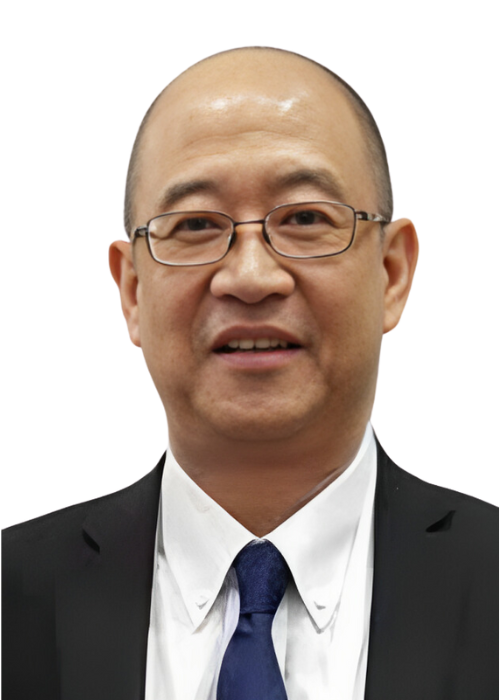
Dr. Clency Lee-Yow
CEO, Custom Microwave, Inc., USA
Dr. Clency Lee-Yow graduated from Queen Mary College in London, UK with a B.Sc. and a Ph.D. in Electrical Engineering. He spent one year with the university as a research assistant before joining Com Dev International in Cambridge, Ontario, Canada where he worked as a senior engineer designing a variety of reflector antenna feeds and microwave components for satellite communications. In 1994, he joined Custom Microwave Inc. (CMI) and took over as VP of operations in 1995. He acquired CMi in 1999 and became President and CEO. Since then, he has transformed the company from a fabrication service provider into a major supplier of custom designed high-performance antennas with a reputation for innovation and high quality. CMi’s portfolio of heritage custom antennas include reflectors, wideband high power Low PIM feeds, large multi-beam feed arrays, direct radiating arrays, complex multi-band feeds, microstrip antennas, and ultra-Wideband antennas. These antennas can be found on a wide variety of platforms including commercial, defense, remote sensing, and space exploration satellites, ground stations, airborne and ground vehicles, and manpacks.
In 2023, he sold CMi to Vitesse Systems where he remains as CTO. Dr. Clency Lee-Yow has authored or co-authored over 24 technical publications and been awarded 8 patents.

Dr. Rajeev Jyothi
Director Technical, IN-SPACe Department of Space
Dr. Rajeev Jyoti, Distinguished Scientist, Fellow Member INAE, IETE, ASI. Senior Member IEEE
He is currently appointed as Director Technical IN-SPACe,(Indian National Space Promotion and Authorisation Centre) Department of Space . He completed his M. Tech. (Microwave Electronic) securing First Rank from Delhi University. He was awarded United Nation Long term fellowship at European Space Agency, The Netherlands.
As a Distinguished Scientist of ISRO, he was working as Associate Director of Space Applications Centre, Ahmedabad. During his 36 years of illustrious engineering and research career at Space Applications Centre, Ahmedabad, he designed and developed several indigenous microwave payload technologies and state-of-art space antenna systems for various ISRO’s Communication, Navigational & Earth observation satellites and Ground antenna systems.
His major accomplishments include the development of India’s first constellation of 3 Microwave RADAR Imaging X band satellites (RISAT2B) for space enabled diasaster applications. Other significant contributions are the development of C band RADAR Imaging Satellite (RISAT1 & 1A), NASA-ISRO SAR, Ku band Scatterometers for ISRO low orbit Earth observations program and RADAR Altimeters (KaRA) for Chandrayaan 2 &3 planetary mission. He was awarded ISRO Team member award-2012 for RISAT 1 Payload Design , Realisation and data Products for the year 2012.
He developed several antenna systems and payload technologies for more than 25 Indian National communication INSAT/ GSAT series of satellites and Indian Regional IRNSS/GAGAN Navigation satellites. He has contributed significantly to the design, analysis and development of numerous state-of-art antennas technologies namely gridded antennas, Ku band multiple beam antennas, Reflect-array, helical array with high power beam former, Corrugated feeds and phased array multilayer antennas for communication (INSAT/GSAT), Microwave Remote Sensing (RISAT) and Indian Navigation (IRNSS) satellites.
He is co-inventor of 15 patents and more than 170 papers, 14 antenna technologies transferred to Indian industries. He is the recipient of IETE Raj Mitra award (2008), IEEE Indian council Outstanding Industry award (2020), ISRO Performance Excellence award (2015), Individual Merit (2012) & five times Team Leadership awards for his contribution in ISRO space programs. His major portfolio Head Satellite Communication antenna Division, Group Director Antenna Systems Group, Deputy Director Microwave remote sensing Area at Space Applications Centre.
Title of Key Note:
New horizons for Indian Entrepreneurs for building Space systems and technologies
Abstract:
The talk will dwell more on the existing space ecosystem and future opportunities for Indian young entrepreneurs to contribute in building Space systems for socioeconomic benefits. The enabling mechanism to foster innovation in space activities will be showcased. The presentation will also highlights the Indian space policies which is the corner stone for unlocking space sectors for Non Government Entities. Decadal vision for Indian private sector will also be emphasised.


